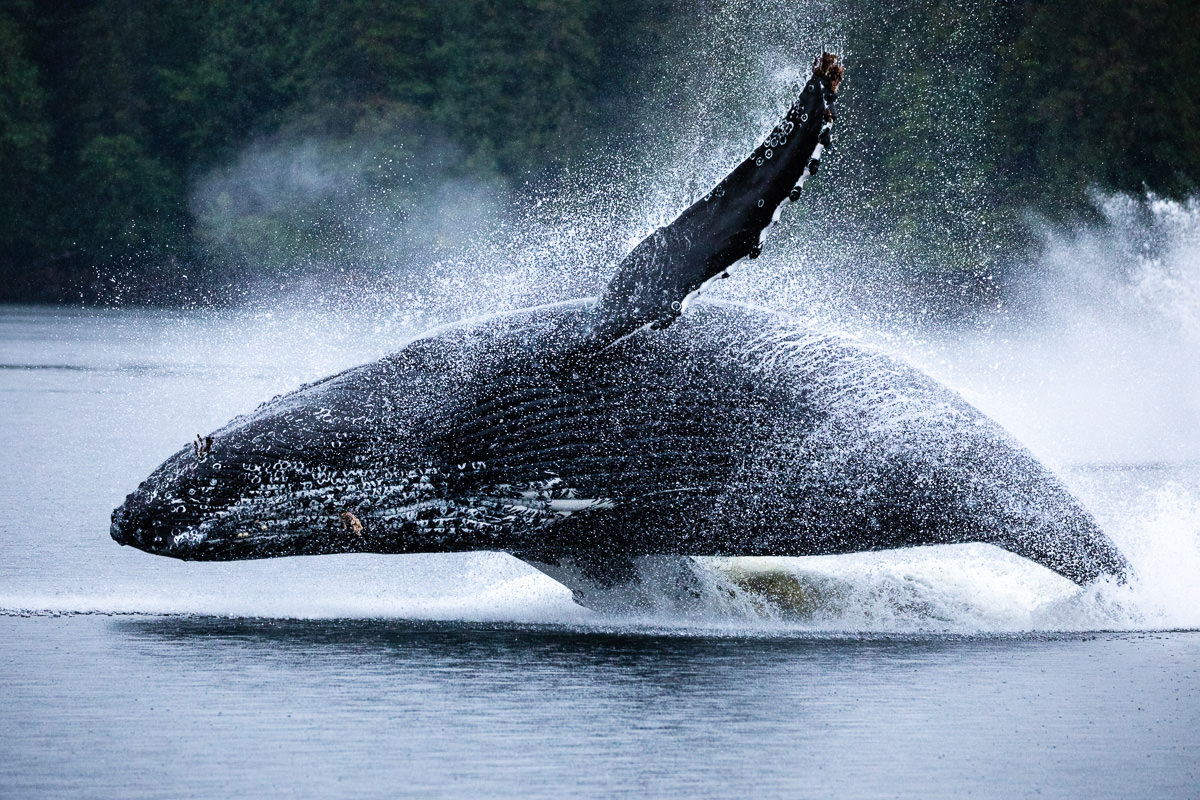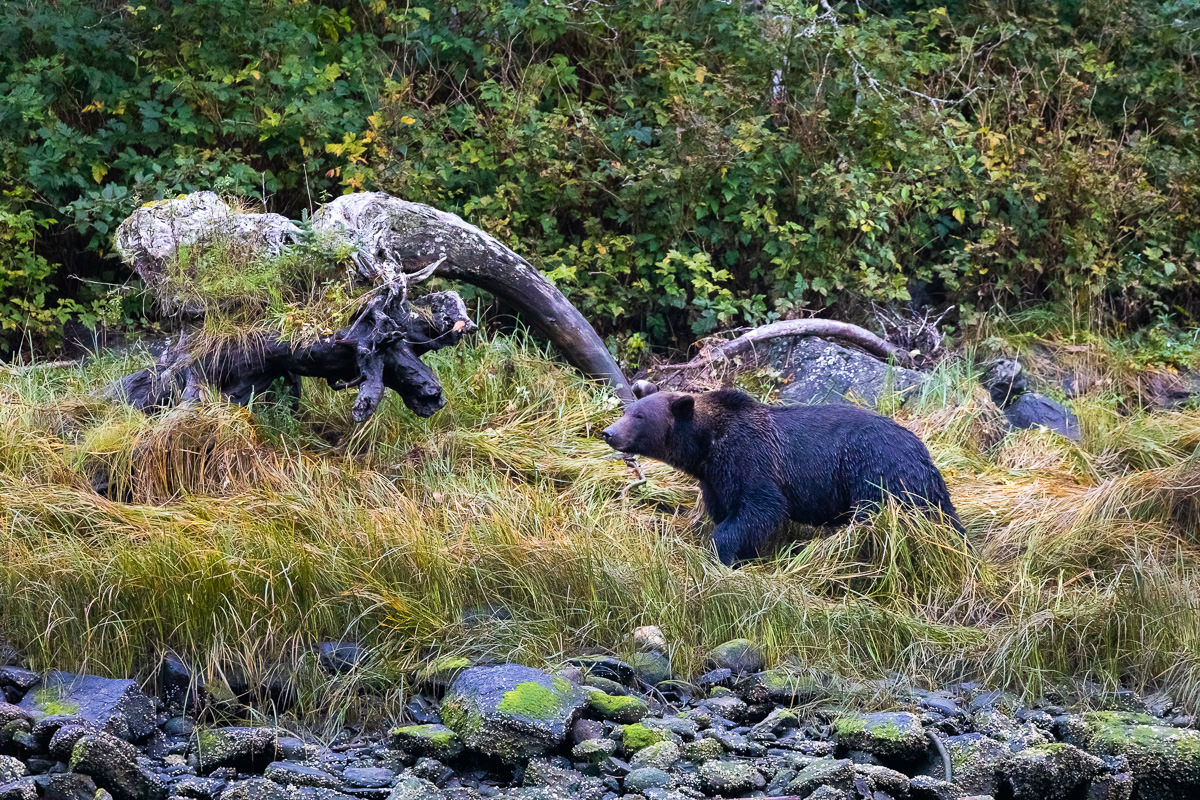In September of 2018, I spent 3 weeks in the Great Bear Rainforest working as a photographer & naturalist aboard a ship called the Maple Leaf. The Great Bear stretches along BC’s central and north coast and is part of the largest temperate rainforest in the world - 85% of which is now off limits to logging. From whales to wolves, bears to eagles, to waterfalls and tall granite walls, the region is breathtaking. Needless to say I took a few photos and trying to pick my favourites out of a folder of over 3000 has been a bit of a challenge but here are some of the highlights from my first 8 day trip. A shout out to the amazing crew of the Maple Leaf and all the great people we met along the way! Trip 2 coming soon..
Gear: Canon 5D MKIV, 15mm f2.8, 16-35mm f4 IS, 35mm 1.4 II, 24-70mm f4 IS, 100-400 IS L II.
Great Bear Rainforest - Trip 1
In September of 2018, I spent 3 weeks in the Great Bear Rainforest working as a photographer & naturalist aboard a ship called the Maple Leaf. The Great Bear stretches along BC’s central and north coast and is part of the largest temperate rainforest in the world - 85% of which is now off limits to logging. From whales to wolves, bears to eagles, to waterfalls and tall granite walls, the region is breathtaking. Needless to say I took a few photos and trying to pick my favourites out of a folder of over 3000 has been a bit of a challenge but here are some of the highlights from my first 8 day trip. A shout out to the amazing crew of the Maple Leaf and all the great people we met along the way! Trip 2 coming soon..
Gear: Canon 5D MKIV, 15mm f2.8, 16-35mm f4 IS, 35mm 1.4 II, 24-70mm f4 IS, 100-400 IS L II.








































































